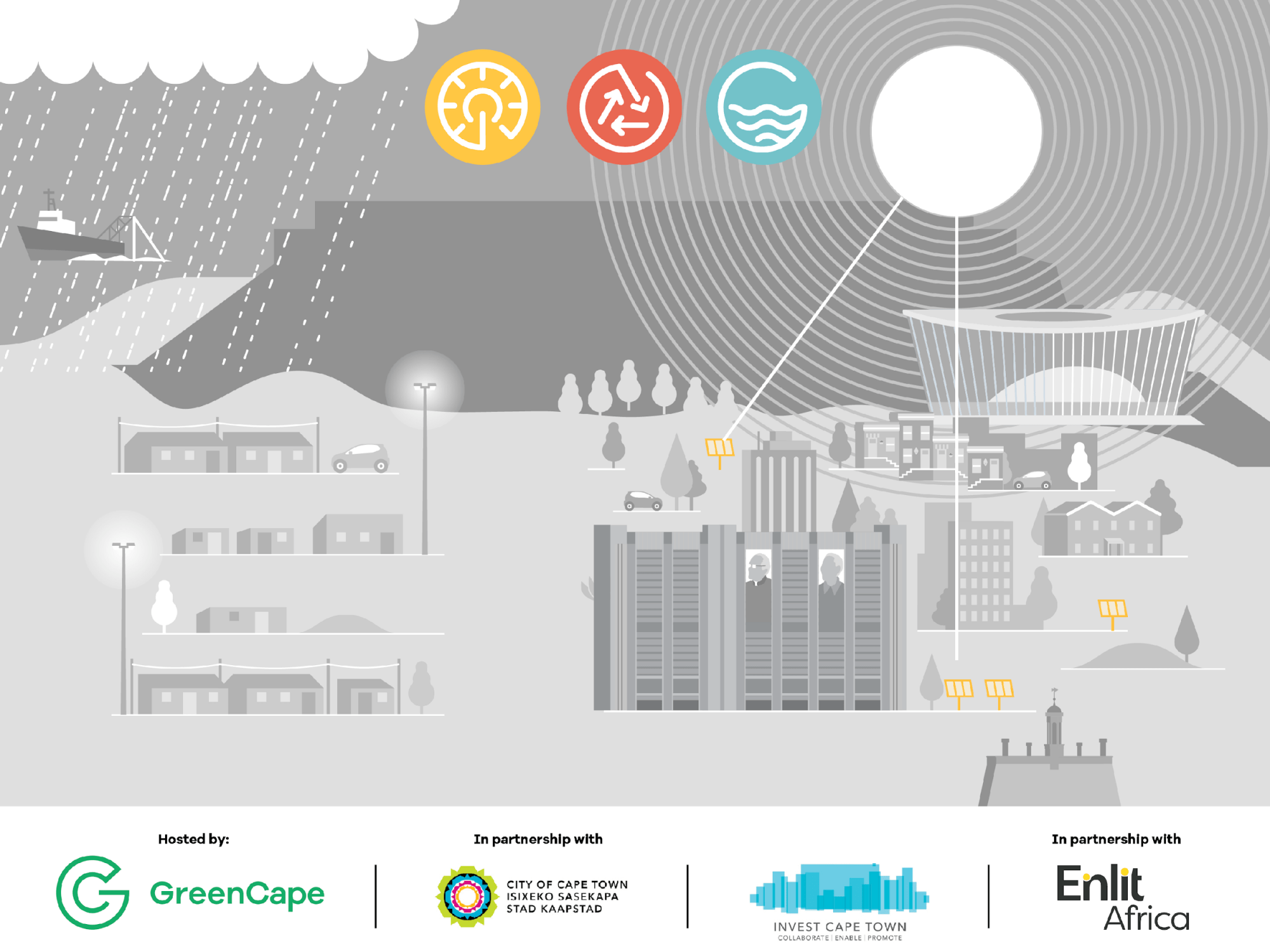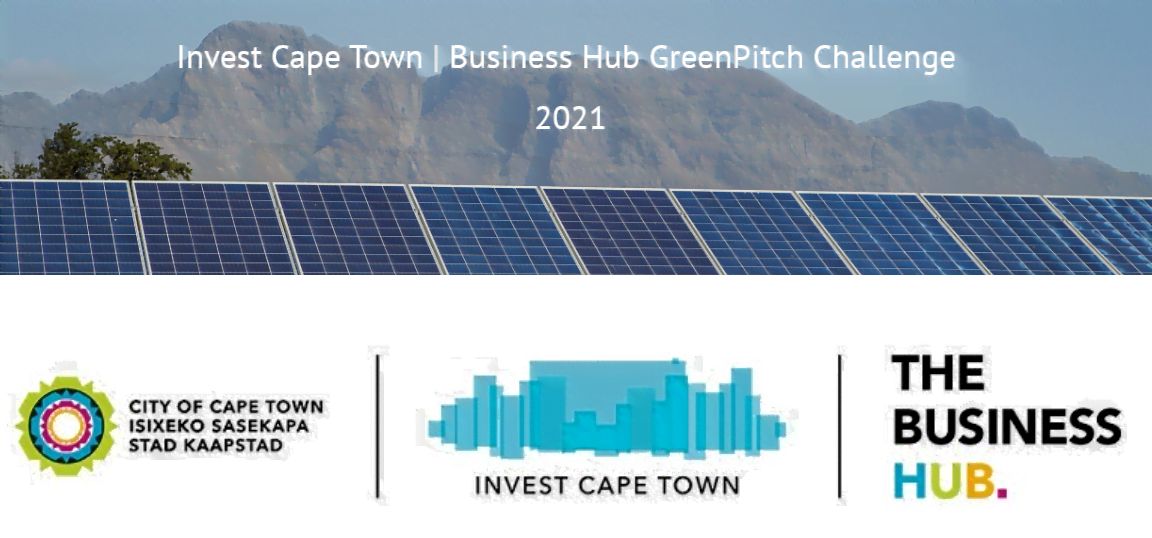The global Photovoltaic (PV) industry has been turned upside down in the last 24 months, with former industry leaders losing massive market share, China soaring to new heights, and South Africa revealing itself as an example of sustainable government policy.
Solarplaza has visited more than 25 countries and returns to South Africa for their third annual conference at the Hilton Sandton in Johannesburg from 11-12 February.
Koot expands, “Europe has suffered especially as some governments have unpredictably withdrawn or taxed their incentive schemes. While Spain, Germany, Belgium and Italy have all encountered turbulence and turnarounds in the last 12 months, SA has shown commitment in setting up its solar industry currently moving into round four, maintaining its incentives, and successfully getting projects off the ground. In our recent trip to Dubai, South Africa came up as the case study to follow.”
Koot adds, “In this economy, we are learning that it’s not about size – Suntech, the former world leader, and LDK are now battling – while previously smaller players like Jinko Solar are soaring. It has shown that timing is critical and right now South Africa’s timing is excellent.”
In the competition between clean energy suppliers, solar has just taken precedence over wind.
Saliem Fakir of WWF’s Living Planet Unit in South Africa which advocates for a shift away from fossil fuels explains,“Very recently, the South African department of energy released a revised Integrated Resource Plan (IRP). Because of the report’s preference for solar energy, I expect solar-driven energy solutions to become a stronger competing force in South African power markets, at the expense of wind energy. South Africa reaps high levels of direct solar radiation, which will boost progress towards efficient application of solar systems, and drive down costs.”
Large corporates and the mining industry are now considering solar as a hedge against future rising tariffs, categorised by Koot as “asset management with a good return, since your investment could be paid back within 5 years in some cases.”
Furthermore, solar production costs have declined as much as 60% since their 2008-highs, and may continue further. Fakir adds, “We believe the declining costs of renewable energy technologies and the inversely-proportionally rising costs of conventional energy-winning methods, will reach parity in South Africa. The question is when.”
However, solar financing remains problematic, and due to the growing trend for distributed solutions – rooftop, small scale projects and off-grid solutions – creative financing solutions feature high on the list of topics to be covered. Jonathan Berman of Fieldstone will be analysing emerging non-bank debt providers, enhancing competition amongst lenders, and asking how South Africa can grow a wider pool of institutional equity providers with lower equity return requirements, to match the benchmarks set by winning investors in round three. He also challenges whether different financing models apply to the smaller scale non-Eskom generators hosted by industrials such as mines.
Vishal Shah, Managing Director, Deutsche Bank presents “The second solar ‘gold rush'” sharing his outlook on cost reductions in the supply chain, reviewing current global demand, and the rush for installations during the coming 3 years.
Koot concludes, “Solarplaza has been witness to the immense positivity and growth in South Africa. There is high energy here and you can enter the market even if there aren’t incentives. From what we’ve seen, it really can be one of the world’s huge markets, as long as the government stays the course after the next election.”


